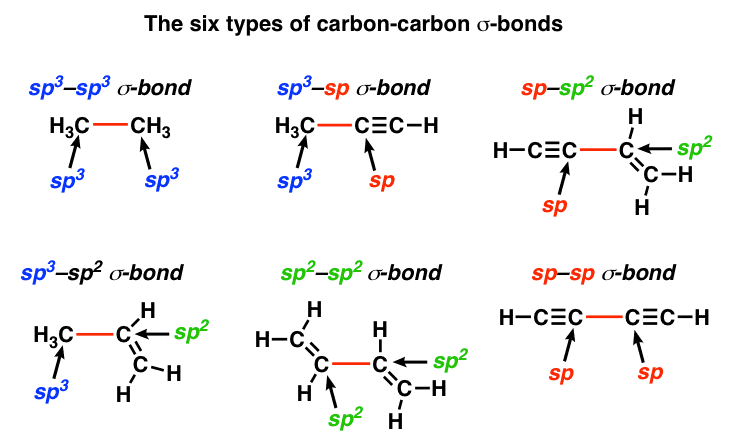
Oil and grease on the surface seriously lower the surface energy of the metal surfaces and thus impair the bonding strength. Present theory holds that adhesion is primarily due to a chemical affinity of the adhesive for the adherend and that the mechanical action, if any, is only incidental. A schematic representation of an adhesive bond is shown in Fig.

The mechanical strength of an adhesive bonded joint depends upon the joint configuration, its dimensions, the nature of adhesive and its thickness between the adhering surfaces. Generally strength of a lap joint increases with the amount of overlap (though the strength per unit area decreases), and decreases with the increasing thickness of the adhesive. The factors which may influence the strength of the joint include the contact angle between adhesive and metal, residual stress and the stress concentration in the adhesive. Adhesives and their Classification:Įpoxy resins are amongst the newest thermosetting resins and are widely acclaimed as they combine the properties of excellent action, low shrinkage, high tensile strength, toughness and chemical inertness.


They can be cured at room temperature without any volatile by-products and can develop strengths between 15 to 30 MPa. Amongst the latest arrival on the scene is the ‘oily metal’ epoxy that bonds directly to oily metals as received with normal protective oil layer on them.Īlthough epoxy-based adhesives develop high shear and tensile strengths, creep and peel strengths are low.


 0 kommentar(er)
0 kommentar(er)
